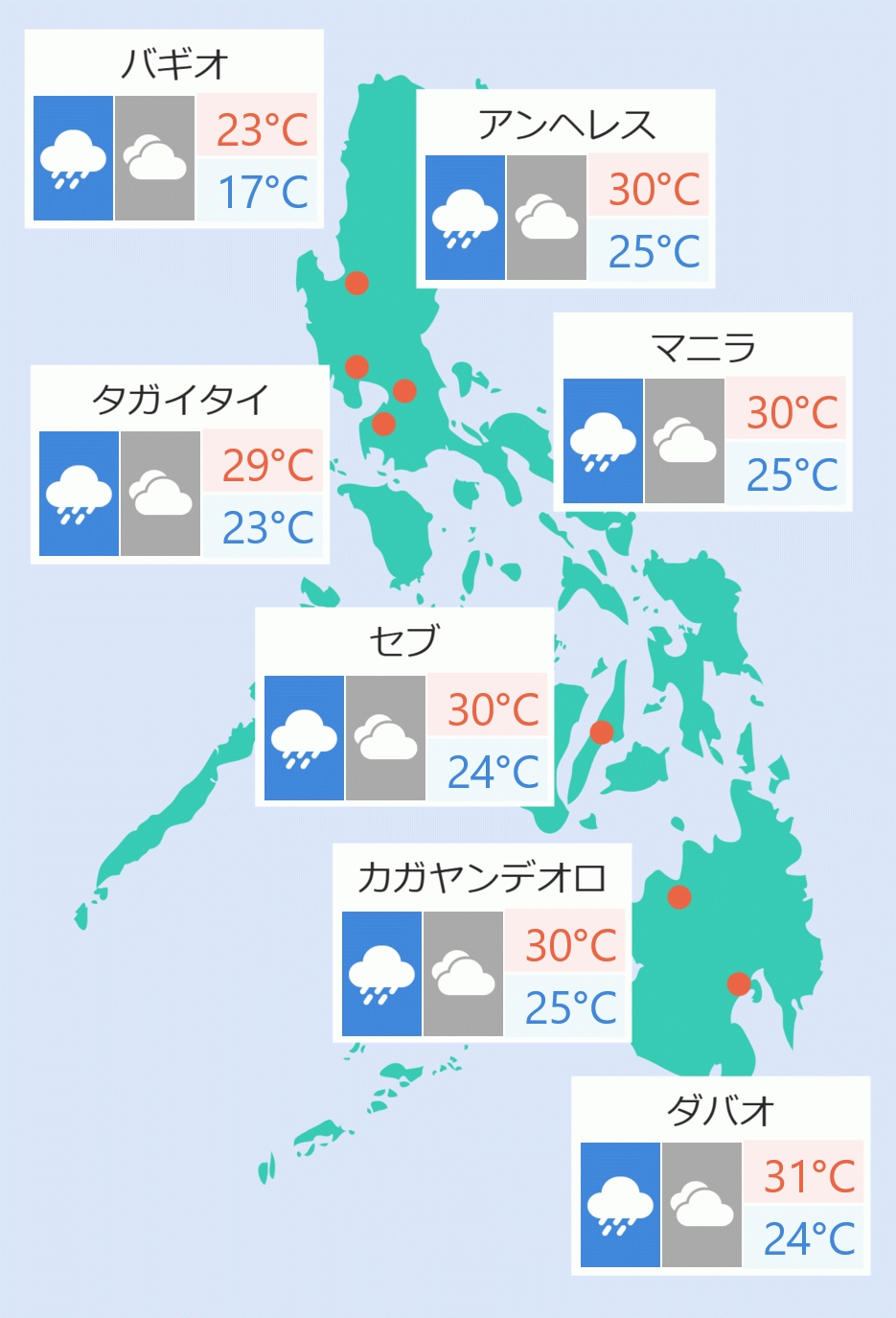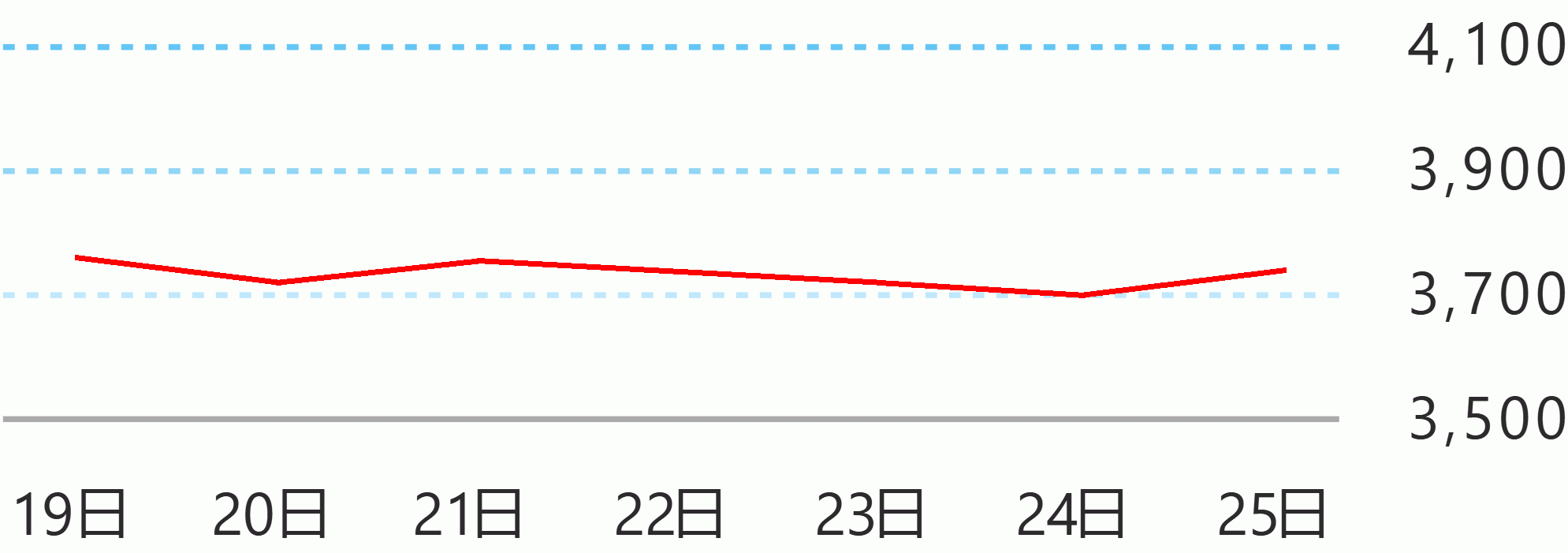Fifteen persons died due to landslides caused by heavy rains due to the shear line in the Davao Region, the National Disaster Risk Reduction and Management Council (NDRRMC) said Sunday.
The NDRRMC said 15 died, eight of which are validated while five were injured from the effects of the shear line.
"Please take note the changes were made in the reported casualties of Davao de Oro in reference to the Progress Reports submitted," the NDRRMC said.
Office of the Civil Defense (OCD) regional director Ednar Dayanghirang, said 11 dead were found in Monkayo town in Davao de Oro, one was in Davao Occidental, one was in Maragusan in Davai de Oro , and two were in Davao City.
Dayanghirang said the floods in the Davao Region were unprecedented.
“Flooding is normal in the Davao region because it has a large watershed. However, the kind of flooding that happened in the three provinces caused a huge damage and this is the first time it has happened. All of the river basins overflowed at the same time and many communities were affected. It’s the first time that the flood was that extensive,” Dayanghirang told dzBB.
Dayanghirang said it could take two days before the floods completely subside.
“I think it could take a maximum of two more days before the farmlands become dry,” he said.
He said the number of families in evacuation centers were 2,889 in Davao de Oro, 1,230 in Davao del Norte, 214 in Davao Occidental, 1,178 families in Davao Oriental, and 959 in Davao City.
In a separate interview, Office of the Civil Defense (OCD) spokesperson Edgar Posadas said crop losses reached over P14 million.
“In the area of initial damages, it has reached quite a large amount. Damage to agriculture has reached P14.04 million,” Posadas told dzBB.
“We are expecting that the data may increase because we are still conducting a rapid assessment,” he added.
Posadas said around 100,000 families or 400 individuals were affected by rains caused by the shear line.
He added that 9,000 families or 34,000 individuals are temporarily staying in evacuation centers but due to the improving weather conditions, the number is going down.
Posadas said 275 barangays are affected in the two regions and four areas are under a state of calamity. Jaspearl Tan/DMS





 English
English









